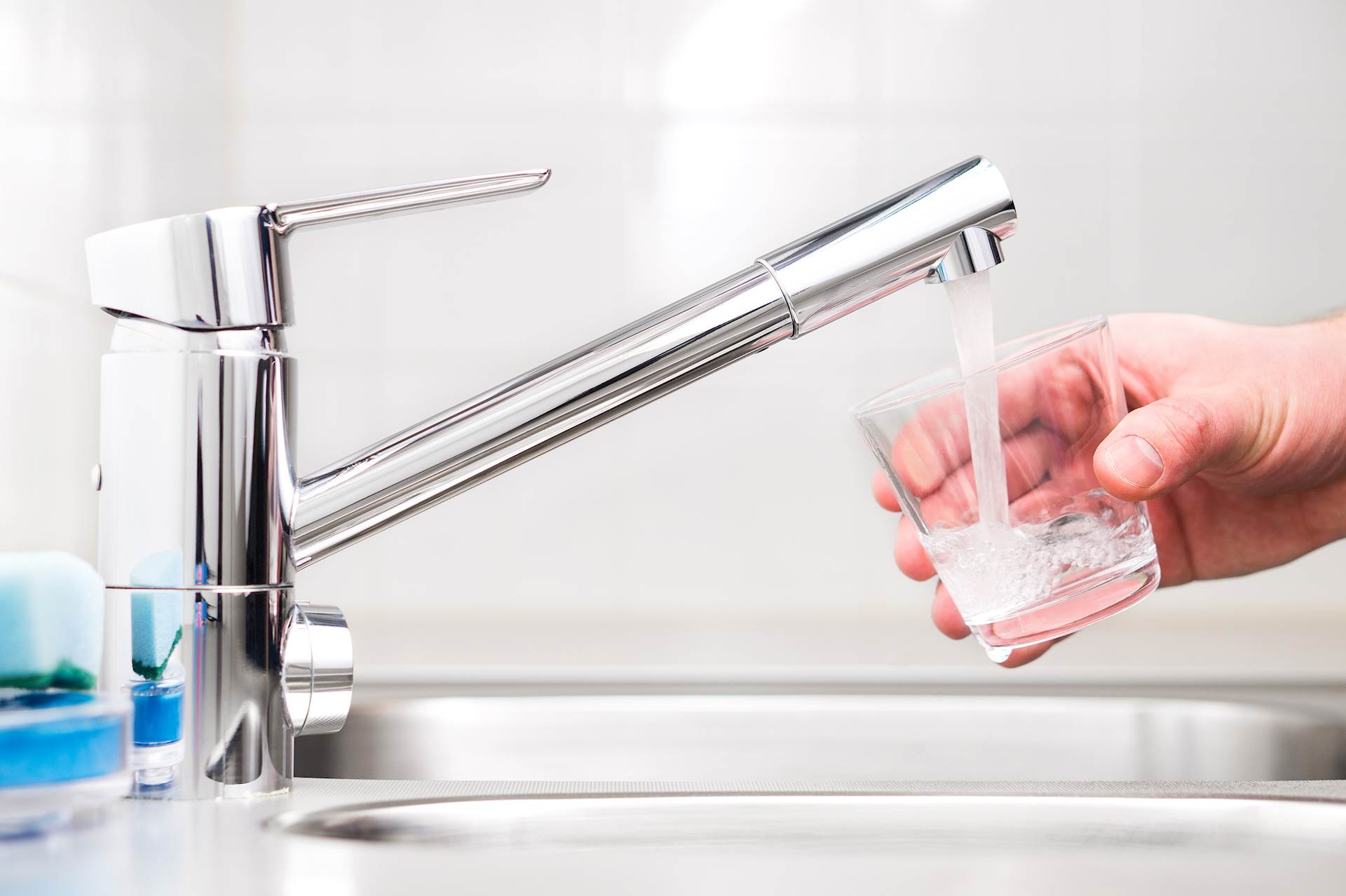
The U.S. Environmental Protection Agency (EPA) believes that 100 million people in the country — about one-third of the population — is being exposed to polyfluoroalkyl substance compounds in their drinking water. A new EPA rule sets targets for the amounts of these compounds in drinking water.
Polyfluoroalkyl substances (PFAS), which resist oil, water, grease, stains and heat, are used in hundreds of products and are known as “forever chemicals” because of their stability. They stay in our environment for a long time and can contaminate our soil and drinking water. Studies suggest that long-term PFAS exposure to humans from foods and drinks may affect birth weight, the immune system, the liver and cholesterol levels and may increase the risk of hypertension and preeclampsia during pregnancy and some cancers.
The EPA published its final National Primary Drinking Water Regulation on April 10 that establishes maximum contaminant levels (MCLs) and maximum contaminant level goals (MCLGs) for five PFAS compounds: perfluorooctanoic acid (PFOA), perfluorooctane sulfonic acid (PFOS), perfluorononanoic acid (PFNA), perfluorohexane sulfonic acid (PFHxS) and hexafluoropropylene oxide dimer acid (HFPO-DA, also known as Gen X chemicals). It also establishes a hazard index level for two or more of four compounds as a mixture: PFNA, PFHxS, HFPO-DA and perfluorobutane sulfonic acid (PFBS). A hazard index of 1 is used for the exposure to multiple compounds for the sum of fractions of the concentration in water to the health-based water concentration of PFNA, PFHxS, HFPO-DA and PFBS.

The EPA evaluated over 120,000 public comments during the development of this rule, which is the latest step in the agency’s PFAS Strategic Roadmap. With the rule in effect, all U.S. communities must assess their public water systems (PWSs), develop a plan and timetable for implementation to maintain or achieve PFAS compliance and, if necessary, apply for funding for implementation.
The EPA will hold a webinar for water professionals April 23 about the rule and will post a recording of it on its website.
Steps to follow under new EPA rule
Step 1 – sampling: PWSs must monitor for PFAS and have three years to complete initial monitoring (by 2027), followed by ongoing compliance monitoring. State regulatory agencies with approved PWS programs may have different implementation time frames.
Step 2 – treatment: If a community identifies PFAS levels above the regulatory threshold in Step 1, they have five years (until 2029) to reduce the PFAS levels to below the threshold.
Step 3 – compliance: Beginning in 2029, PWSs that have PFAS in drinking water that violates one or more MCLs must reduce the levels of PFAS in their drinking water and notify the public of the violation.
Monitoring PFAS
In 2021, the EPA added PFAS monitoring in PWSs to the fifth Unregulated Contaminant Monitoring Rule, which identifies 29 PFAS substances to test. PWSs that supply surface water must test four times per year, and PWSs that supply groundwater must test twice per year. If a PWS detects any of the 29 substances above the minimum reporting level, it is required to include those results in its consumer confidence report.
Monitoring will continue during the next three years to confirm the presence or absence of PFAS in a community’s water supply.
Mitigation assistance
Hanson can assist PWSs in sampling, treatment and compliance solutions and implementing mitigation measures, such as:
- consolidating with neighboring PWSs whose sources do not have PFAS issues
- decommissioning wells or intakes that have PFAS issues
- pursuing alternative sources of supply that do not have PFAS issues
- implementing enhanced treatment technologies for finished water, including options such as:
- adsorption through activated carbon filtration
- ion exchange using a selective resin
- reverse osmosis
Funding assistance
The EPA estimates the annual cost of compliance to be $1.5 billion. There are multiple federal sources of funding, primarily through the Emerging Contaminants in Small or Disadvantaged Communities Grant, for sampling costs and the proposed treatment required to remove PFAS from PWSs. This does not preclude other federal and state funding from being available, including the Infrastructure Investment and Jobs Act (IIJA).
With the new EPA rule established, the federal government announced an additional $1 billion to help each state with detection and treatment to meet the new standard. This source of funds is in addition to the $9 billion in dedicated funding through the IIJA.
 Hanson can assist communities with the application process for revolving loan funds, including potential grants and principal forgiveness for PWSs that qualify.
Hanson can assist communities with the application process for revolving loan funds, including potential grants and principal forgiveness for PWSs that qualify.
Contact Lee Bloome at lbloome@hanson-inc.com to discuss mitigation and funding strategies for compliance with the EPA’s National Primary Drinking Water Regulation for PFAS.